Welcome to your comprehensive guide on European style home decor! If you’re looking to elevate your living space with a touch of sophistication and timeless appeal, you’re in the right place. Drawing inspiration from noted European design principles, we’ll explore various elements that can help you create your own European-style sanctuary. With personal anecdotes and insights, this guide aims to be both informative and relatable. Let’s dive in!
What is European Style Home Decor?
European style home decor is an aesthetic that encompasses a variety of styles from different regions across Europe, including French, Italian, Scandinavian, and British designs. Each of these styles brings unique characteristics while sharing a common thread of elegance, comfort, and functionality. The heart of European decor is the blend of old and new, where historical elements harmoniously coexist with contemporary pieces.
Key Characteristics of European Style
- Rich textures and layers
- Historical influence with modern twists
- Neutral color palettes with pops of color
- Attention to detail in craftsmanship
- Incorporation of curated antiques or vintage items
The Allure of European Decor: A Personal Perspective
Having lived in both Italy and France, I’ve had the distinct pleasure of experiencing these styles first-hand. The warmth of a rustic Tuscan villa and the chic minimalism found in a Parisian apartment has deeply influenced my own design choices. The way European decor effortlessly combines luxury with livability inspires a desire to create spaces that are not just beautiful, but also inviting.
Popular European Decor Styles
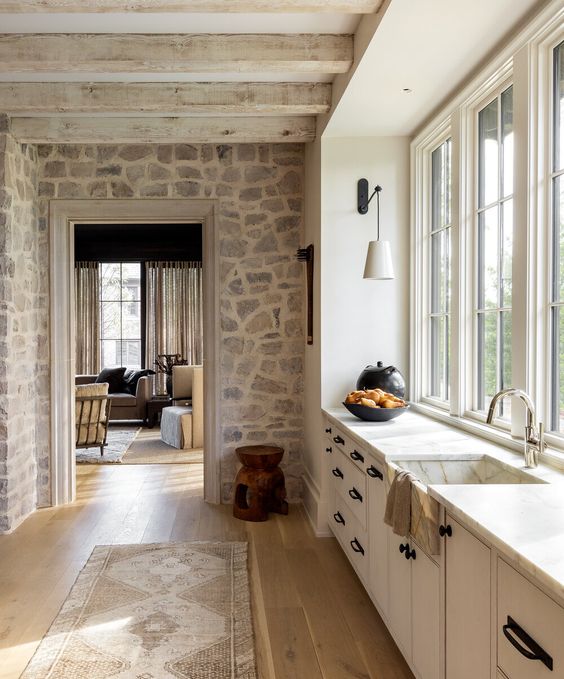
French Country Style
French Country style, or “Provençal” decor, is characterized by rustic elegance. Think soft hues, distressed furniture, and abundant floral motifs that evoke a sense of countryside charm.
Key Features
- Shabby-chic furniture
- Natural materials such as wood and stone
- Soft, muted color palettes
- A mix of patterns, especially florals and stripes
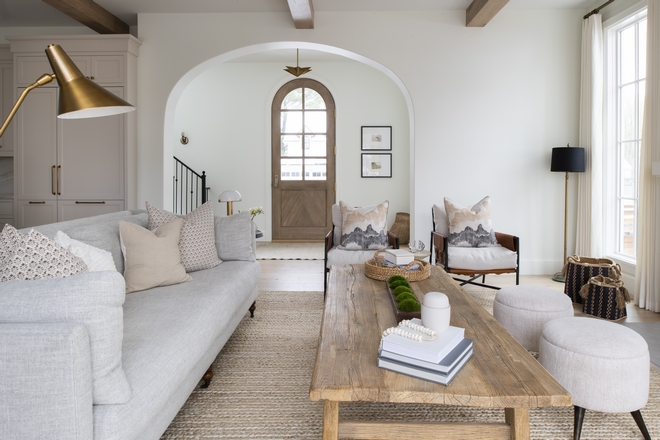
Italian Villa Style
Italian Villa style captures the essence of Mediterranean living with its warm colors and luxurious fabrics. This style often incorporates elements such as hand-painted ceramics and ornate furnishings.
Key Features
- Vibrant earth tones and classic marble
- High ceilings with exposed beams
- Elegant chandeliers and wrought iron accents
- Rich textiles and layered fabrics

Scandinavian Design
Scandinavian design is known for its simplicity and functionality, prioritizing minimalism and a connection to nature. It often features light colors and natural light, creating a serene atmosphere.
Key Features
- Sleek, functional furniture
- Neutral color schemes, often with black and white
- Natural wood and textiles
- Emphasis on coziness (hygge)
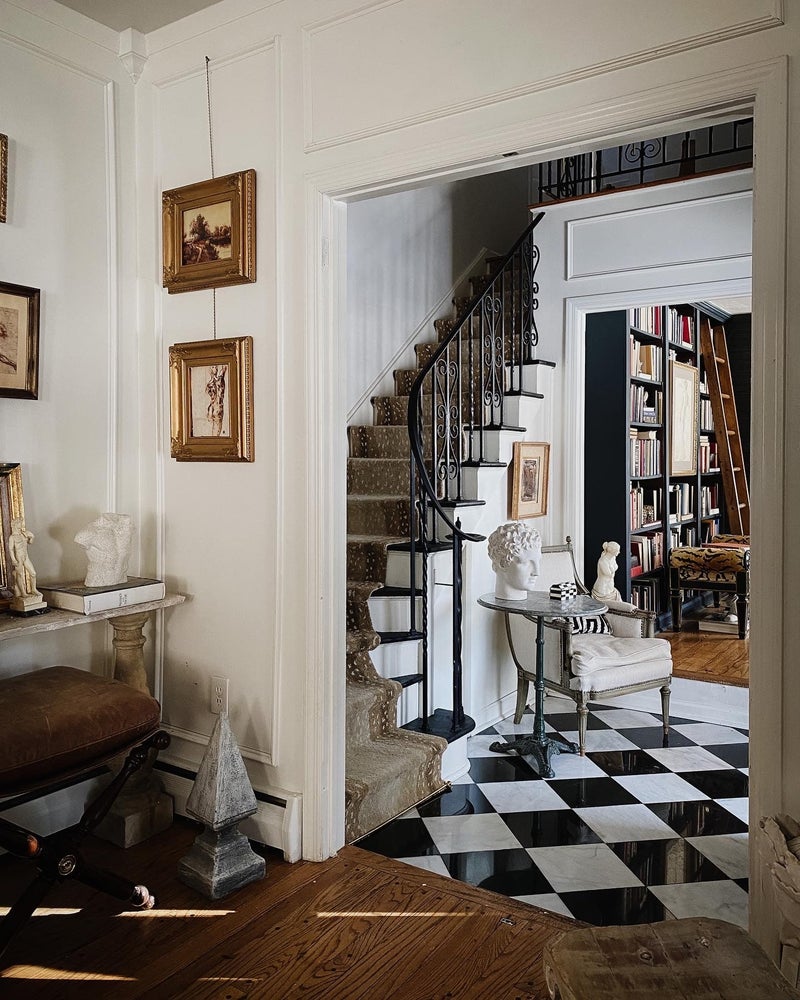
British Eclectic Style
The British Eclectic style is all about mixing traditional and contemporary elements. It often features rich colors, layered patterns, and an array of textures.
Key Features
- Rich jewel tones and deep hues
- Mixing patterns: florals, tartans, and stripes
- Antique furniture alongside modern pieces
- Curated galleries of art and photographs
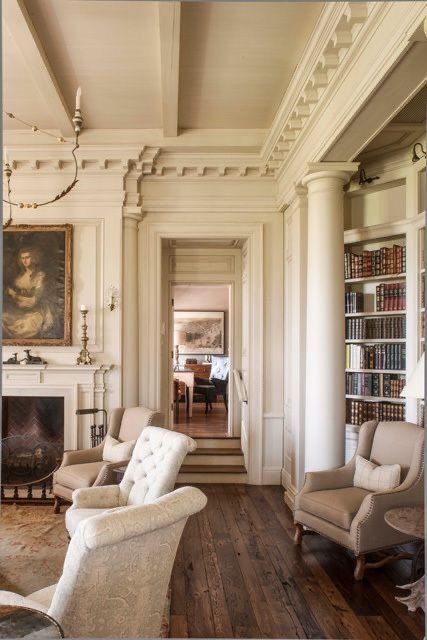
Getting Started with European Decor: Tips and Tricks
1. Establish a Color Palette
Begin by selecting a color palette that reflects the European style you wish to emulate. Soft, neutral colors often serve as an excellent base, allowing for accents in deeper shades or bright hues. For example, a French Country palette might include soft lavender with creamy whites, while an Italian Villa palette might lean towards warm terracotta and olive green.
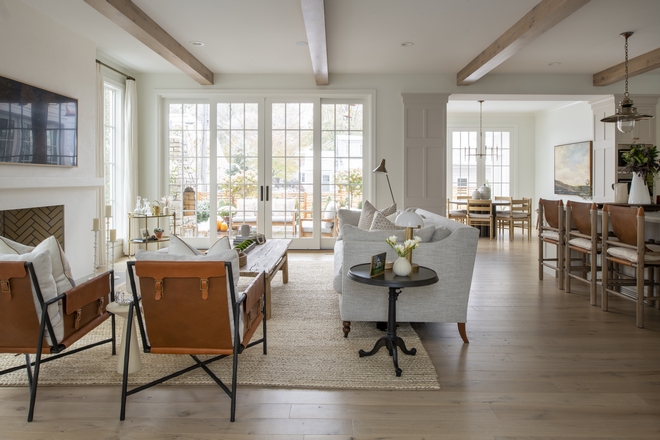
2. Invest in Quality Pieces
European decor is synonymous with craftsmanship, so consider investing in a few key quality pieces rather than filling your space with lower-quality items. Look for furniture made from solid woods, hand-crafted textiles, and beautiful lighting fixtures that exude elegance.
3. Incorporate Natural Elements
Bringing the outdoors in can enhance the ambiance of your space. Incorporate natural materials like wood, stone, and plants. A beautifully arranged bouquet of fresh flowers can also add a touch of European charm.
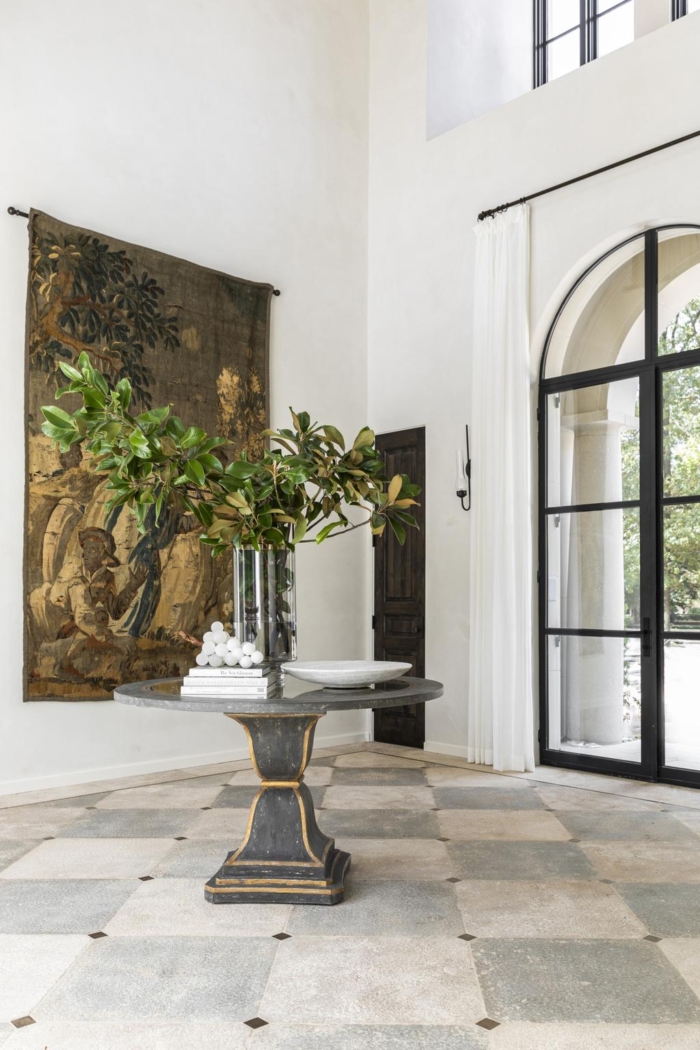
4. Layer Textures
Texture adds depth and interest to any room. Experiment with various fabrics—think a plush velvet sofa paired with a chunky knit throw and silk cushions. Layering these textures creates a cozy yet elegant atmosphere.
5. Use Antique and Vintage Finds
Incorporating antiques or vintage items can add personality and history to your decor. Consider visiting flea markets, estate sales, or antique shops to discover unique pieces such as mirrors, vases, or artwork that tell a story.
Comparison Table of European Decor Styles
| Style | Color Palette | Key Materials | Furniture Style | Key Features |
|---|---|---|---|---|
| French Country | Soft, muted colors | Wood, linen | Shabby-chic, ornate | Distressed finishes, floral patterns |
| Italian Villa | Warm earth tones | Stone, marble | Elegant, classic | Hand-painted ceramics, rich fabrics |
| Scandinavian | Neutral, light colors | Natural wood, textiles | Sleek, functional | Minimalist, cozy atmosphere |
| British Eclectic | Rich jewel tones | Mixed materials | Traditional and modern | Layered patterns, curated art |
Pros and Cons of European Style Decor
Pros
- Timeless elegance that never goes out of style
- Rich in textures and layering for warmth
- Incorporation of cultural items that tell a story
- High-quality craftsmanship that adds value
Cons
- Can be costly to achieve true European quality
- May require more maintenance (e.g., antique care)
- Blending various styles may confuse the overall aesthetic
FAQs about European Style Home Decor
What is the best way to start decorating in the European style?
Begin by selecting a specific European style that resonates with you, and create a mood board to visualize your desired look. Focus on your color palette and invest in a few key quality pieces to establish your foundation.
How can I incorporate European style decor on a budget?
Look for thrift stores, flea markets, or online platforms for second-hand finds. Vintage items can often add a European twist to your space without breaking the bank. You can also DIY smaller decor pieces to achieve a European aesthetic.
Are there specific furniture brands known for European style decor?
Yes, several furniture brands specialize in European styles, such as Ikea (for Scandinavian), Maison du Monde (for French), and Anthropologie (for eclectic European styles). Always check for quality and craftsmanship.
Can European style work in small spaces?
Absolutely! Focus on light color palettes and multi-functional furniture that suits smaller areas. Consider mirrors to reflect light and create an illusion of more space.
How do I mix different European styles in my home?
Choose one dominant style to serve as the foundation and intersperse elements from other styles that complement it. Maintaining a cohesive color palette will help unify the different styles.
Final Thoughts
European style home decor embodies elegance and charm, allowing you to create a space that tells a story and exudes warmth. By focusing on quality, texture, and historical elements, you can curate a beautiful home that reflects your personality. I hope this guide inspires you to embrace European design principles and incorporate them into your living space. Happy decorating!